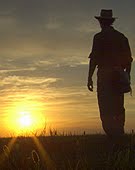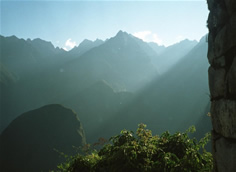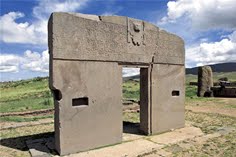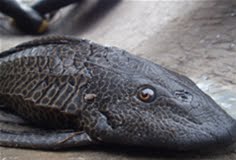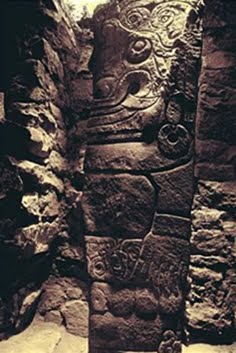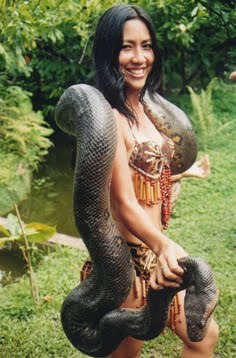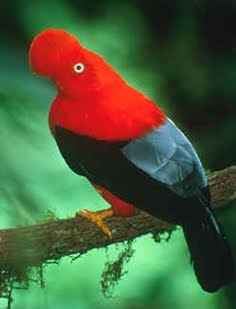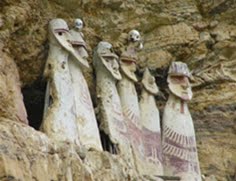Nature
Peru has 84 life zones, out of 104 possible ones used to characterize the planet’s physical and climate environments. The Amazon river is born in Peru and its watershed is covered by a tropical rainforest that comprises 61% of the nation’s territory and which contributes to create a stable world climate Species of birds, mammals, amphibians, reptiles, insect and vascular plants in Peru rank among the world’s most varied and numerous that account for 15% of the world’s biodiversity. It is also one of the five world centers of origin of agricultural crops and an important genocenter of useful wild species.

In Peru we find the wild parent populations of tomato, potato and sweet potato, as well as numerous maize, manioc, beans and other crops, together with over 4217 species of indigenous plants with some 42 different possible and actual uses (including their use as tannins, foods, medicinal plants, and others). At least 1005 of these are cultivated and 222 have been domesticated. But Peru is also a country of cultural diversity. Its peoples speak languages from 14 different language families and belong to at least 44 different ethnic groups, 42 of which live in Amazonia. These cultures are depositories of vast knowledge on the uses and properties of natural species, and of a whole range of genetic resources (4400 plants with known uses) and management techniques. Peruvians and the people from all over the world benefit from Peru’s biological diversity both directly (through farming, fisheries, mining, and other activities) as well as through environmental services (erosion control, air quality, water conservation, etc.).
Culture
Despite the fact that inca rule had begun just half of a century before the arrival of the spaniards conquistadors, that part of the Peru's history has relegated a myrad of regions and part of its cultural heritage. Peru had a lot of of pre columbian cultures that date back thousands of years before the incas.
PRE CERAMIC PERIOD (12,000 to 5,000 B.C.)
Arrive the firts human groups. Nomads dedicated to hunting and collecting vegetables, they live in caves, use fire and polished rocks as spears, they rise maize in a small scale.
Arcaheological sites: Piquimachay, Telarmachay, Amotape, Lauricocha, Cueva del Guitarrero, Pachamachay, Toquepala, Chivateros, La Cumbre, Quirihuac.
MIDDLE PRE CERAMIC PERIOD (5,000 to 3,000 B.C.)
Many human groups became sedentaries, domesticated a lot of vegetables, practice agriculture in a small scale, domesticated camelidaes, hunting and recollection are still their main activities.
Archaeological sites: Chilca, Paloma, Áspero, Los Gavilanes, Huaca Prieta.
LATE PRE CERAMIC PERIOD (3,000 to 1,800 bC.)
Emerge the monumental architecture. The firts human centers were built formed by joints of big piramids, squares and residential areas. The first agricultural infrastructure is built. The fishing along with the rise of cotton are the main activities on the coast. Appear the first artisans, weavers and priests. The foundations for the peruvian civilization are put: reciprocity and ritual calendar.
Archaeological sites: Caral, Áspero, Chupacigarro, Bandurrias, Vichama, El Paraíso, Era de Pando, Kotosh, La Galgada, Pampa de Cueva, Buenavista, Pampa de Cueva.
INITIAL PERIOD (1,800 to 1,200 B.C.)
Arise the ceramic. Agriculture and livestock are the main activities. Emerge regional cultures: Cupisnique, Pacopampa, Temples in form of U. Urban centers were built, outstand, in architecture, the piramids of the coast whose big walls are decorated with colorful drawings in high relief.
Archaeological sites: Huaca de los Reyes, Pampa de las Llamas - Moxeque, Cerro Sechín, Sechín Alto, Sechín Bajo, Garagay, La Florida, Cardal, Manchay, San Jacinto, Ventarrón.
EARLY HORIZON PERIOD (1,200 to 200 B.C.)
Correspond to the Chavin culture and its art represented by ceramic, stone and weavings. It emerged in the andes but extended along the coast. they begun to work with pieces of gold and share this period with the Paracas culture, well known for its impressive weavings.
Archaeological sites: Chavín de Huántar, Huaca Partida, Wari Kayan, Cerro Colorado, Complejo Soto, Paracas.
EARLY INTERMEDIATE PERIOD (200 B.C. to 600 A.D.)
The regional cultures arise again and years later started the desintegration: Chavín: Mochica, Lima, Nazca, Cajamarca, Recuay, Pucará. Big irrigation system works were constructed, the valleys of the coast and the andes are transformed and adapted to intensive agriculture, Along the coast were built large piramids.
Archaeological sites: Huaca del Sol y La Luna, Huaca Rajada, Sipán, El Brujo, Complejo Maranga, Pachacamac, Cajamarquilla, Cahuachi, Líneas de Nazca, Cerro Culebras, Huallamarca, Makatampu, Pachacamac, Pacatnamú.
MIDDLE HORIZON PERIOD (600 to 900 A.D.)
Arise, expand and is desintegrated the Wari culture, considerated as one of the first empire "pan-peruano". Its central area was the higlands of the department of Ayacucho and spread its art almost all over Peru. In the Altiplano take great importance the Tiwanaku culture.
Archaeological sites: Wari, Azángaro, Pachacamac, Huaca Malena, Tiwanaku.
LATE INTERMEDIATE PERIOD (900 to 1,450 A.D.)
Regional cultures take their own ways: Chimú, Chancay, Ychsma, Chincha, Ica, Xauxa, Huanca, Chanca e Inca. Expansive kingdoms are formed, Chimu on the coast and Inca on the highlands. The Chincha culture form an ample net of commerce throughout Peru and even Boliva and Ecuador.
Archaeological sites: Cajamarquilla, Cantamarca, Chan Chan, Kuelap, Huaca Centinela, Huaca La Luz, Pachacamac, Paramonga, Túcume, Cajamarca, Chancay, Chiribaya, Tajaraca.
LATE HORIZON (1,450 to 1,532 A.D.)
Tawantinsuyo empire. After defeat the Chanka culture, the incas expand conquering all the nations of the coast and the highlands, part of Bolivia, Argentina, Chile, Ecuador and Colombia. In 1,532 the spanish army defeat the inca Atahualpa and take over the government of the Tawantinsuyo.
Archaeological sites: Huaytará, Incawasi, Machu Picchu, Pachacamac, Piedra Angosta, Paramonga, Puerto Inca, Puruchuco, Cusco, Raqchi, Tambo Colorado, Vilcashuamán, Huanuco Pampa.

